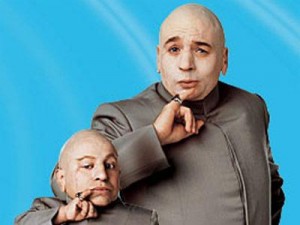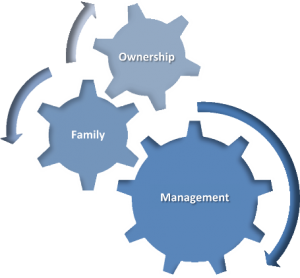Every sane business owner will acknowledge that there is a point at which his or her own skills are no longer sufficient to grow the business beyond its current level. The revenue point where that happens differs by industry, but it frequently begins at around 20 employees.
At that point, an owner becomes swamped by the conflicting needs of managing the existing operation, and having enough time to perform the tasks that made the business grow in the first place.
The owner realizes that further growth requires the addition of a key employee; one who can assume some of the owner’s duties so that he or she can focus on organizational development.
The typical plaint in this situation is “I need someone who can think. An employee who can run things without my daily input, so that I can focus on what I do best.”
But there is another version that is materially different, although it sounds the same on the surface. “I need someone who can run this company without me.” is a far cry from one who can handle day-to-day operating responsibilities.
Many owners fail to look beyond the immediate need for task relief to determine exactly what this key employee’s long-term role will be. There is a big difference between hiring an SIC (Second In Command) and an SIT (Successor in Training.)
A Second In Command is responsible for assuming some of the owner’s ongoing decision-making and management duties. The SIC’s role is to free the owner to do what he or she is best at (or enjoys the most). The job description is based on the assumption that the owner is present, or at least available, to check off on major decisions and give ongoing guidance.
In my presentation to business owners, “Beating the Boomer Bust” I discuss the likelihood that many owners will have to execute their own succession plan by growing a successor internally. This Successor In Training is more than someone who can merely back fill your skill set. It needs to be someone who can eventually replace your skills in the business.
The common wisdom is that an SIC should compliment, not duplicate,  your talents. We advise owners not to hire a “mini-me,” since it is unlikely that you can find someone who has the same motivations to cover all the various skills that ownership requires.
your talents. We advise owners not to hire a “mini-me,” since it is unlikely that you can find someone who has the same motivations to cover all the various skills that ownership requires.
Typically, you take your job description (finance, sales, business development, culture, motivation, operations, marketing, management) and subtract those things that you want to continue doing personally. The rest of the duties become the SIC’s job description.
But the intention of many owners is to develop the SIC into an SIT. An SIT is someone who can eventually assume all of your higher-level duties. He or she has to create value while you are still there by filling in the gaps in your skill set, but must also have the potential to grow into a broader role as you prepare to withdraw from the business.
Of course, you are still in for a long search if you seek a “mini-me.” The likelihood is that your SIT will eventually need an SIC of his or her own. If you can’t run the company by yourself, your successor can’t either. If you need an SIC now who pays closer attention to the numbers and ratios than you do, then that person will eventually need someone to focus on sales and development.
Hiring a key executive is the single most important decision you will make. Don’t begin the process by making the mistake of looking at only the needs you have today. A solid SIC will probably take five years to fully integrate with you. An SIT may take ten. The investment can be wasted if you look only at your immediate needs. Start with a longer-term vision of how you want your role as an owner (or as an ex-owner) to play out.



